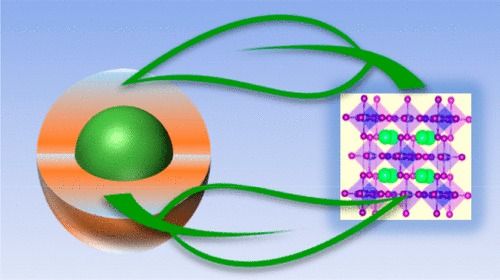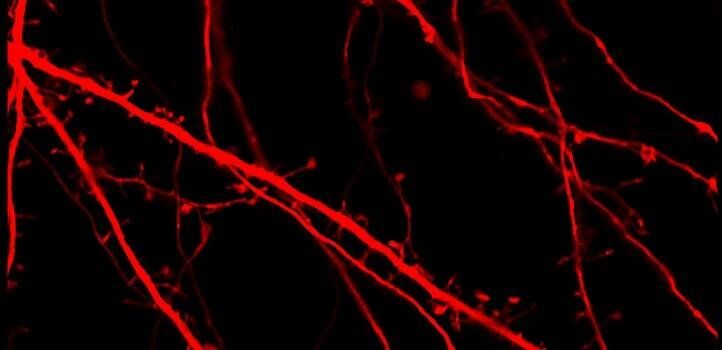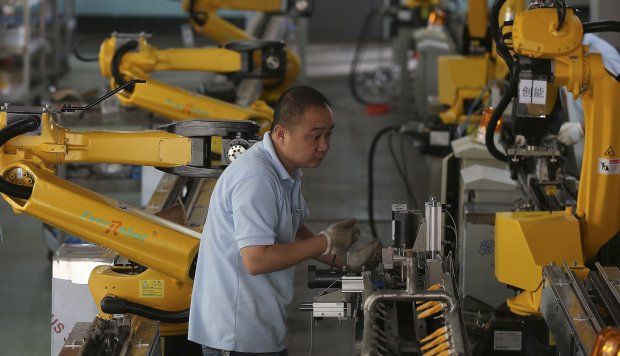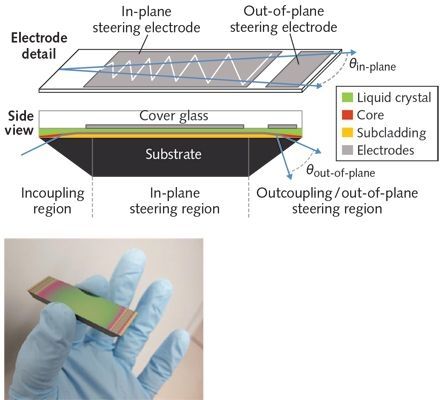The Mars Gravitational Area will give 30% of earths gravity to our guests for those who choose not to travel to the red planet. The MGA have 4–5 decks and will be the only area offering permanent habitation on the Gateway.
Reset Learn More
The Mars Gravitational Area will give 30% of earths gravity to our guests for those who choose not to travel to the red planet. The MGA have 4–5 decks and will be the only area offering permanent habitation on the Gateway.
Reset Learn More

Researchers at the Harvard T.H. Chan School of Public Health have discovered a new aging clock that can accurately determine both chronological and biological age in a wide variety of species.
Aging and the nucleolus
There are two kinds of age: chronological age, which is strictly the number of years that something has lived, and biological age, which is influenced by diet, exercise, environment, and similar factors. Biological age is the superior measure of true age and is an accurate predictor of all-cause mortality.

Despite the young age of the research field, substantial progress has been made in the study of metal halide perovskite nanocrystals (HPNCs). Just as their thin-film counterparts are used for light absorption in solar cells, they are on the way to revolutionizing research on novel chromophores for light emission applications. Exciting physics arising from their peculiar structural, electronic, and excitonic properties are being discovered with breathtaking speed. Many things we have learned from the study of conventional semiconductor quantum dots (CSQDs) of II–VI (e.g., CdSe), IV–VI (e.g., PbS), and III–V (e.g., InP) compounds have to be thought over, as HPNCs behave differently. This Feature Article compares both families of nanocrystals and then focuses on approaches for substituting toxic heavy metals without sacrificing the unique optical properties as well as on surface coating strategies for enhancing the long-term stability.
In the early 1980s the quest for novel photocatalysts, fueled by the oil crisis in the preceding decade, led to the discovery of semiconductor quantum dots. Pioneering works by Efros, Brus, and Henglein showed both experimentally and theoretically that the reduction of size of semiconductor particles (e.g., CdS) down to the nanometer range induces a significant change in their band gap energy.(1−3) The underlying quantum confinement effect, occurring when the nanocrystal size is (significantly) smaller than twice the exciton Bohr radius of the semiconductor material (Table 1), leads to an increase, scaling with 1/r, of the band gap energy. It also gives rise to the appearance of discrete energy levels at the place of continuous valence and conduction energy bands. In the same period Ekimov as well as Itoh and co-workers observed quantum confinement in small CuCl crystallites embedded in a glass or a NaCl matrix.
Medicine is a unique and intensive four-day experience that gathers world-class faculty, innovators and organizations from across the biomedical and technology spectrum to explore and leverage the convergence of fast moving technologies in the reinvention of health and medicine.
Our home in San Diego at the iconic Hotel del Coronado is the magic X-factor in building connections and catalyzing deeper-than-usual conversation among faculty and participants. We make full use of one of America’s most beautiful seaside resorts; its history beautifully complements the future-focus of Exponential Medicine.
From talks given in a custom-designed theater with multiple configurations for listening and idea generation, to our hands-on technology lab, beachside morning yoga, dinners, and bonfires—Exponential Medicine is a high energy, bold redesign of a medical conference.

A great analogy can often be the key to innovation, making it possible to transfer knowledge from one domain to another. Now researchers have shown that rather than relying on eureka moments, crowdsourcing and AI can dramatically speed up the search for these parallels.
Examples of analogies leading to major breakthroughs range from Edison’s early work in motion pictures to Kepler’s elucidation of the laws of planetary motion. But being able to strip away superficial differences and understand the underlying similarities between solutions to diverse problems has so far largely relied on individual genius.
That doesn’t need to be the case, though, according to the authors of a recent paper in PNAS. By splitting the task up and leveraging the strengths of both crowdsourcing and AI, they were able to find novel analogies that could help solve a variety of problems in creative ways.

A genome-wide study led by Dean Pierre Magistretti sheds light on the mechanisms through which lactate regulates long-term memory formation and neuroprotection.
The breakdown of sugar in non-neuronal brain cells, called astrocytes, produces lactate, which gets shuttled to neurons as a source of energy. This lactate not only supports the energy demands of neurons, but also rapidly and transiently activates multiple genes that modulate neuronal activity and regulate brain function.
Previous studies have shown that lactate stimulates the expression of genes encoding proteins involved in neuronal activity by signaling through N-methyl-D-aspartate (NMDA) receptors. Magistretti’s latest study reveals the extent to which lactate modifies gene expression in cortical neurons and also points to the mechanisms through which lactate modulates brain function.


As part of its effort to upgrade its manufacturing sector, the Chinese government started a campaign in 2014 with the overall aim gradually replace manual labour with robots, with the heavily industrialised provinces of Jiangsu, Zhejiang, and Guangdong among those introducing the new technology on a massive scale.
Companies, including iPhone manufacturer Foxconn, are turning to robots with around 100 million workers in China’s manufacturing industry under threat.

Mechanical devices for steering optical beams such as gimbal-mounted mirrors or rotating Risley prisms are subject to fatigue and mechanical breakdown, and also suffer from large size, weight, and power (SWaP) requirements. To avoid these drawbacks, researchers from the Naval Research Laboratory (NRL; Washington, DC) have devised a voltage-controlled, nonmechanicalbeam steering device that routes mid-wavelength infrared (MWIR or mid-IR) beams in two dimensions.1 This solid-state, mid-IR optical component relies on liquid-crystal-clad optical waveguides.
A solid-state, compact on-chip device that incorporates waveguides and liquid-crystal elements can steer mid-infrared light beams without relying on mechanical components.

Alvin Retamar, Chief Science Research Specialist and Project Leader of Philippine Earth Data Resource and Observation Center (PEDRO) said some institutions they have been helping are even calling for higher level training in the space sciences.
“In some areas where we are providing support they are already keen on developing aerospace engineering degree programs,” Retamar said.
Original post from ABS-CBN News
MANILA — The Philippines has enough brainpower to staff a proposed space agency, officials from the Department of Science and Technology (DOST) said Wednesday.
A bill creating the Philippine Space Agency (PhilSA) was passed in the House of Representatives last December, while counterpart legislation is pending in the Senate.